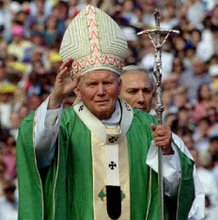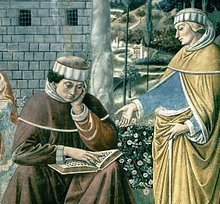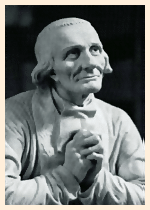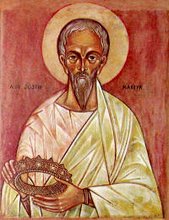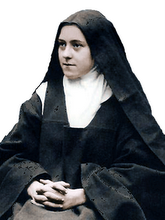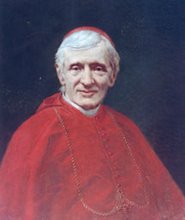My notes on Amoris Laetitia, Chapter 6. Some pastoral perspectives.
This chapter presents a very full perspective of the Church’s role in nurturing marriage, from marriage preparation through to helping marriages and families to process the baggage that we can bring with us, as individuals, into marriage and family life. This last section is, I think, the first time that this dimension of marriage and family has been spoken of in a papal document. Pope Francis opens up the Church’s role in supporting marriage and the family. Although he does reference the sacramental dimension of marriage, his main focus is the human dimension. This is a shame, because both dimensions need to be opened up and better understood. It is God, not us, who creates something new in marriage. It is God, not us, who forms the covenant. But it is the choices that spouses make that shape their family.
The scope of the Pope’s treatment of the pastoral care of marriage and the family bespeaks a considerable infrastructure with much personnel. Presently in the UK, with the exception of some of the new ecclesial Movements, the clergy are the main agents of this pastoral work. If we were to really embrace what the Pope describes here, we would immediately need lots of gifted people involved. The clergy are not set up to do all that is needed.
This same scope of pastoral work, and need for staff, also presumes the capacity of the Church to process a proper human engagement with all these aspects of life. In the context of the UK, I don’t believe that we are ready to engage in this work. We don’t yet have the formed personnel, nor an adequate focus. We have not been developing and processing our life nor really engaging with the Teaching of the Church for many decades. Moreover, it is a very clericalised environment.
Reading this chapter, with its expansive panorama, made me think of the common assumption, made by many people in the UK, that the Catholic Church is a moralistic institution (an institution which tells you what you can do and what you can’t do), and perhaps in some cases people have indeed been led to make that conclusion. The Pope is right to point to the opening up of the pastoral scenario to a fuller vision, and to enable a fuller living out of the mystery of Christian marriage and the Christian family. In this vision, moralistic attitudes are inadequate. But to flesh out this vision will need concrete strategies and formed personnel.

















